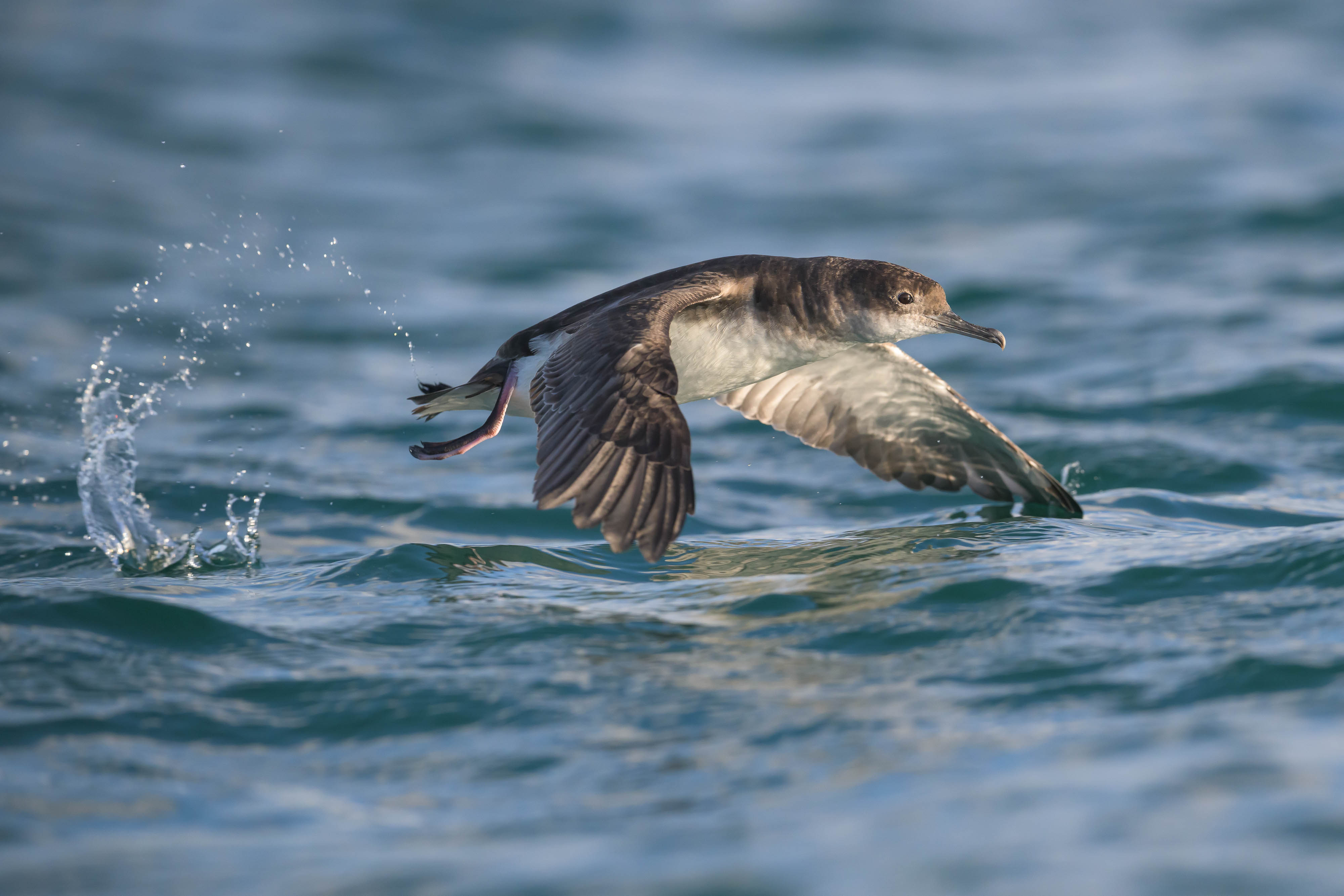Hypoleucos
New member
Hi all,
I have recently traded in my 500PF and gone all Z, with a 70-200 2.8, and a relatively new 600 6.3 PF that I've been using for a few months. Love both lenses on land, and on either a Z8 or Z9 they are fantastic and I get a good hit rate and am very happy (and lucky I know)! I'm after advice on two things however from those used to shooting fast moving seabirds from rocky boats - lens choice and the best AF modes. Compared to past trips using a 500PF on my Z9, my keeper rate has plummeted with either the 600PF (too much lens I think to track the birds) or the 70-200 with a 2xTC to get to 400 (images are disappointingly soft and perhaps I'm also taking a hit on AF speed with the TC?). I am practising the usual caveats of position (standing, bending with knees rather than sitting, waiting for top of swell for a still moment etc) and am a realist knowing that I'll get a much lower hit rate than on stable land. It's the lower hit rate compared to the 500PF that has me thinking. Two questions:
- I am considering either the 400 4.5, or the 100-400mm zoom as a 'boat' lens. I'm hesitant about the zoom as i) I'm mainly at 400 anyway and use the 70-200 for macro/landscape etc already, and ii) it's a pump action zoom and I've had problems with dust in the sensor in the past. Plus the 400 prime would take a 1.4TC better it seems and might be a great lens for spotlighting, rainforest, and other lower light situations with the extra aperture over the 5.6 zoom. Does anyone have experience with either and advice on which option might work best?
- For focusing, I am usually in a Wide AF mode and, when I get a good head/eye lock handing over to AutoAF. I find that this works well for birds above the waterline against a sky, but for more challenging scenarios among the waves focus is slipping as soon as birds drop under the horizon, and grabbing those on the surface, particularly smaller guys like storm-petrels is very tough. Any tips here? I'm thinking I might be better not handing off in that scenario and even dropping subject detection entirely for smaller birds in the waves and running with a custom Wide box inbetween small and large to simulate the old 'dynamic' AF of DSLRs. In any case curious as to what other photographers recommend in this situation.
Would appreciate any tips from the BCG experts, it's certainly great fun to be doing pelagics again and I'm keen to keep practicing!
Paul
I have recently traded in my 500PF and gone all Z, with a 70-200 2.8, and a relatively new 600 6.3 PF that I've been using for a few months. Love both lenses on land, and on either a Z8 or Z9 they are fantastic and I get a good hit rate and am very happy (and lucky I know)! I'm after advice on two things however from those used to shooting fast moving seabirds from rocky boats - lens choice and the best AF modes. Compared to past trips using a 500PF on my Z9, my keeper rate has plummeted with either the 600PF (too much lens I think to track the birds) or the 70-200 with a 2xTC to get to 400 (images are disappointingly soft and perhaps I'm also taking a hit on AF speed with the TC?). I am practising the usual caveats of position (standing, bending with knees rather than sitting, waiting for top of swell for a still moment etc) and am a realist knowing that I'll get a much lower hit rate than on stable land. It's the lower hit rate compared to the 500PF that has me thinking. Two questions:
- I am considering either the 400 4.5, or the 100-400mm zoom as a 'boat' lens. I'm hesitant about the zoom as i) I'm mainly at 400 anyway and use the 70-200 for macro/landscape etc already, and ii) it's a pump action zoom and I've had problems with dust in the sensor in the past. Plus the 400 prime would take a 1.4TC better it seems and might be a great lens for spotlighting, rainforest, and other lower light situations with the extra aperture over the 5.6 zoom. Does anyone have experience with either and advice on which option might work best?
- For focusing, I am usually in a Wide AF mode and, when I get a good head/eye lock handing over to AutoAF. I find that this works well for birds above the waterline against a sky, but for more challenging scenarios among the waves focus is slipping as soon as birds drop under the horizon, and grabbing those on the surface, particularly smaller guys like storm-petrels is very tough. Any tips here? I'm thinking I might be better not handing off in that scenario and even dropping subject detection entirely for smaller birds in the waves and running with a custom Wide box inbetween small and large to simulate the old 'dynamic' AF of DSLRs. In any case curious as to what other photographers recommend in this situation.
Would appreciate any tips from the BCG experts, it's certainly great fun to be doing pelagics again and I'm keen to keep practicing!
Paul









